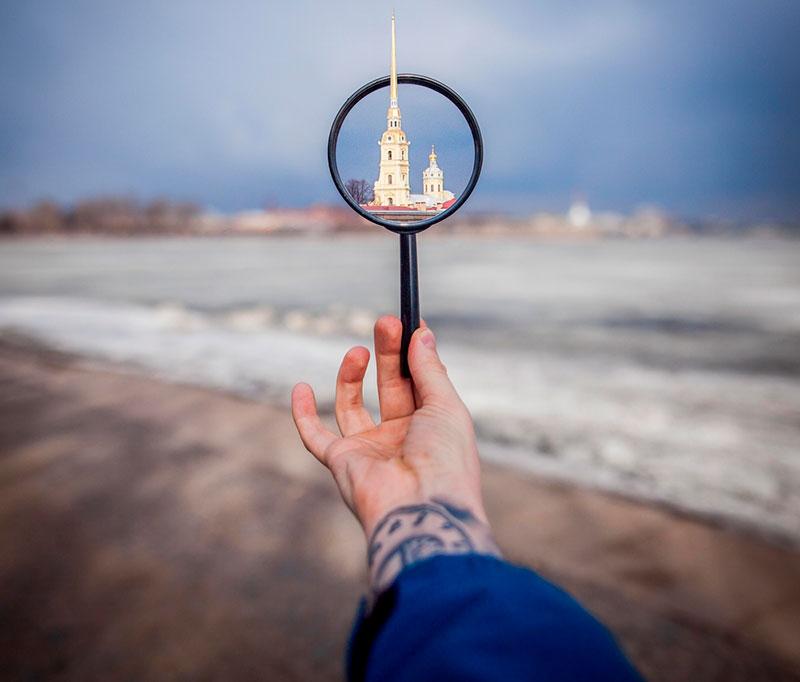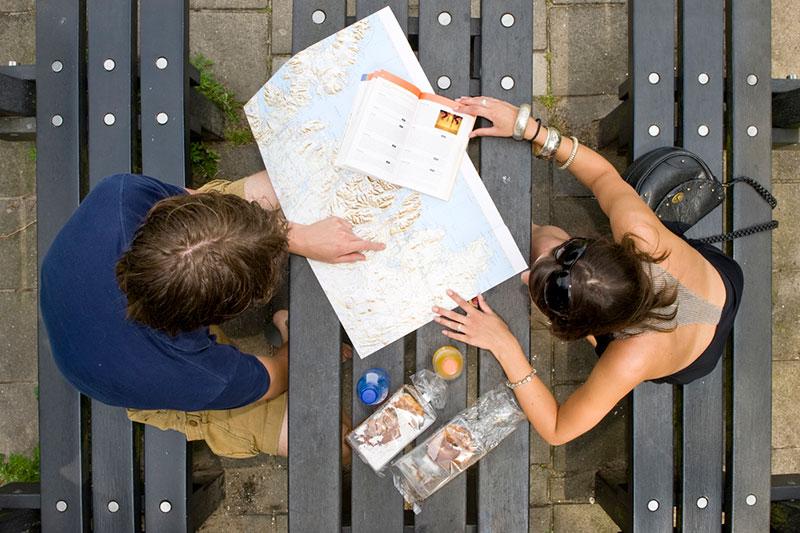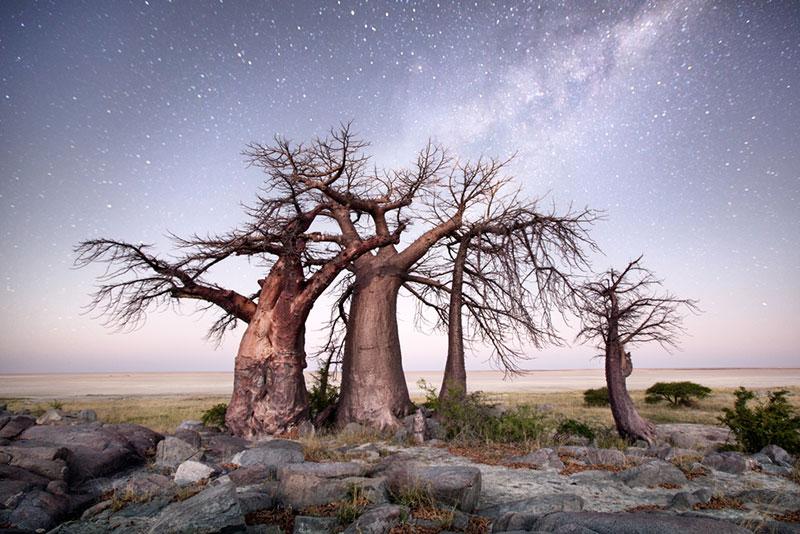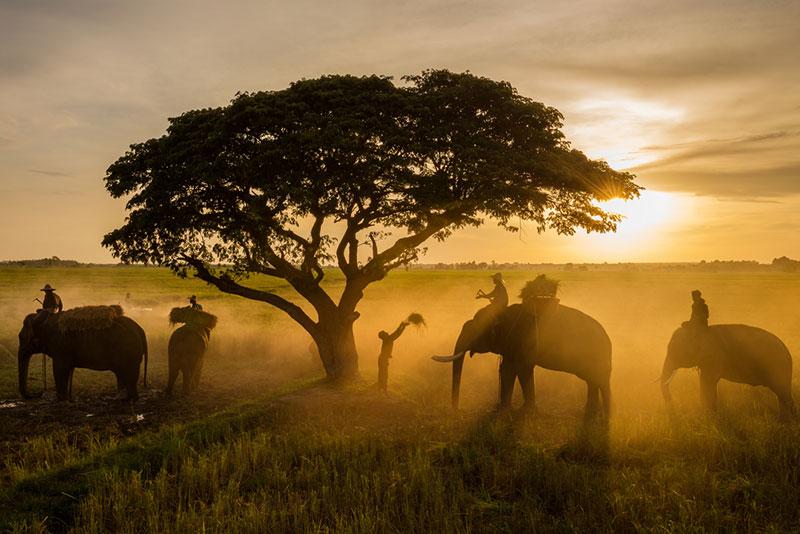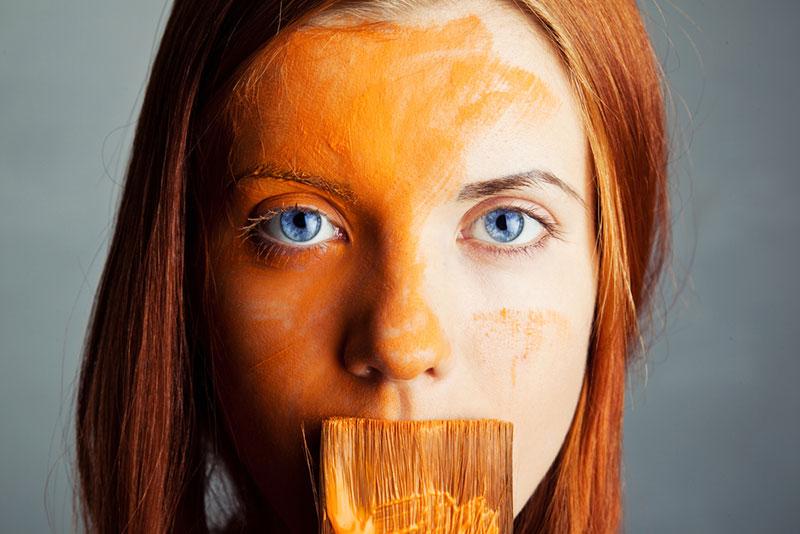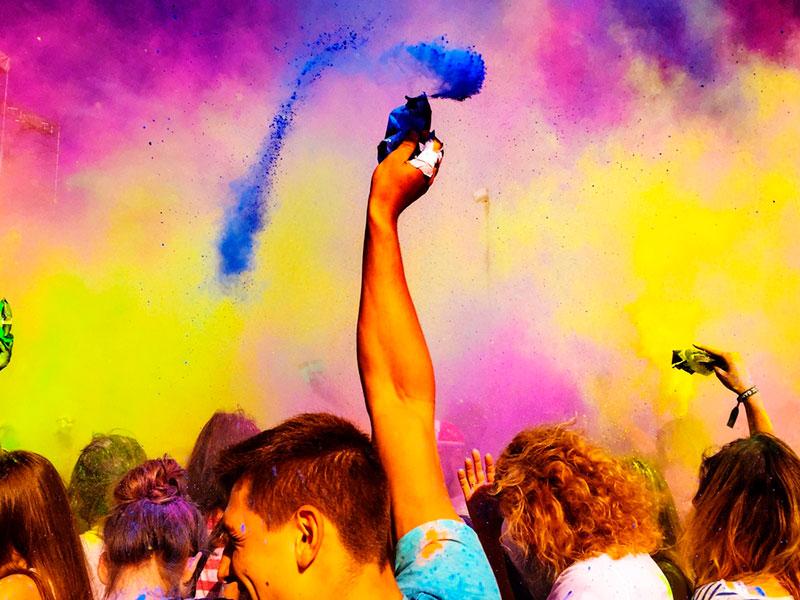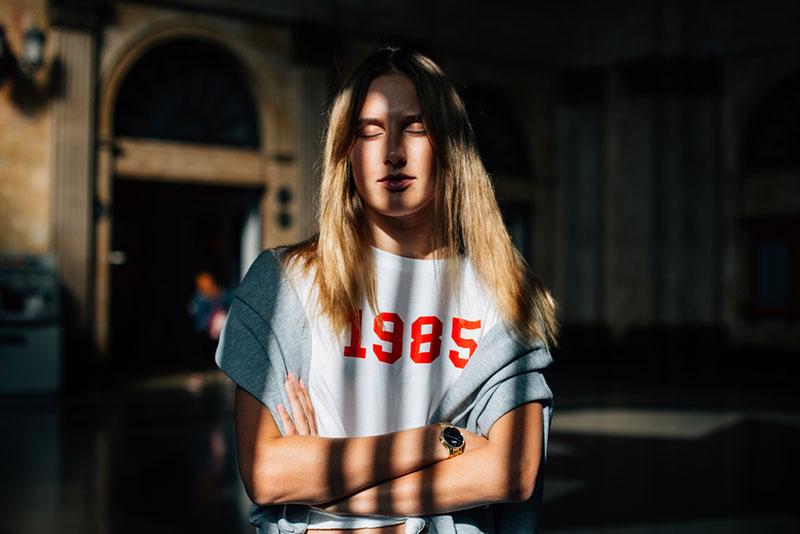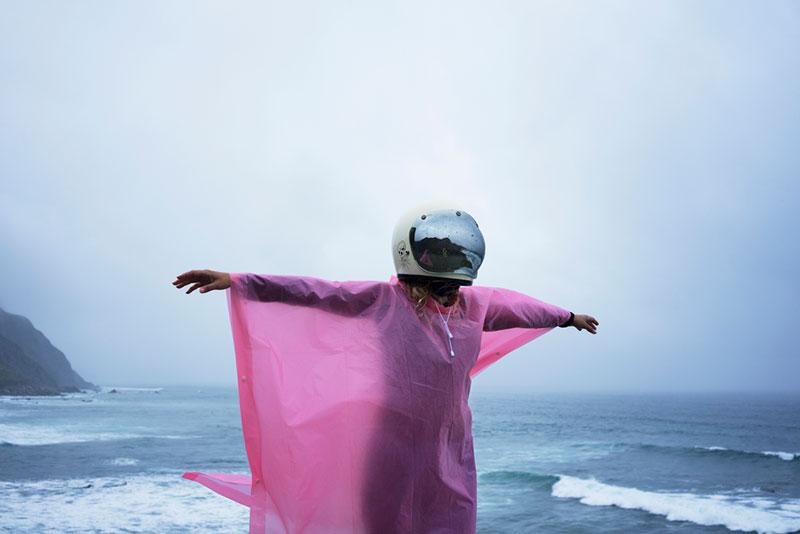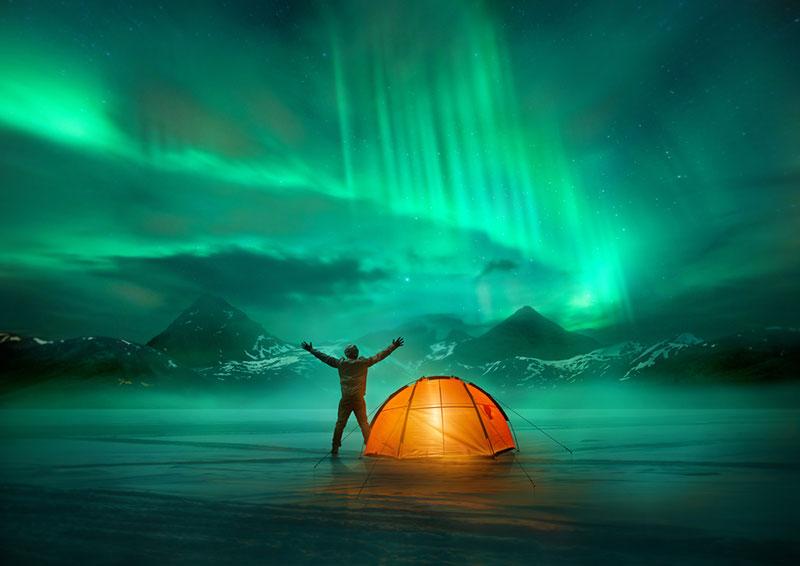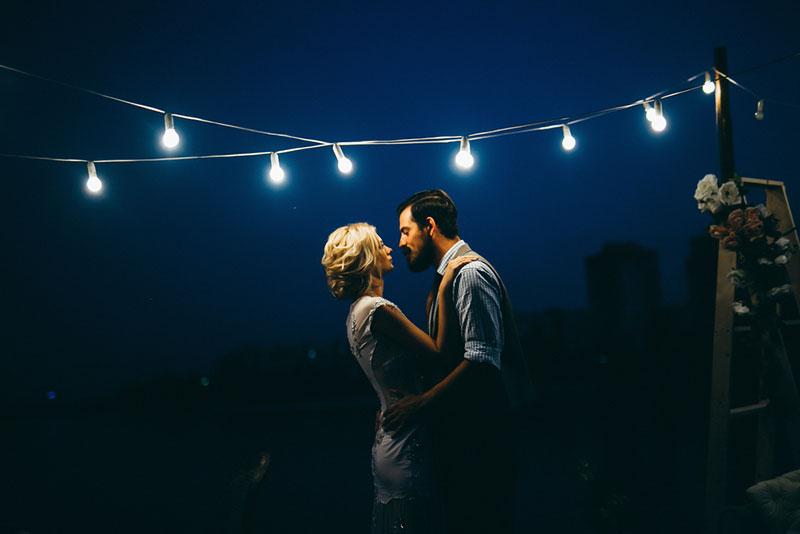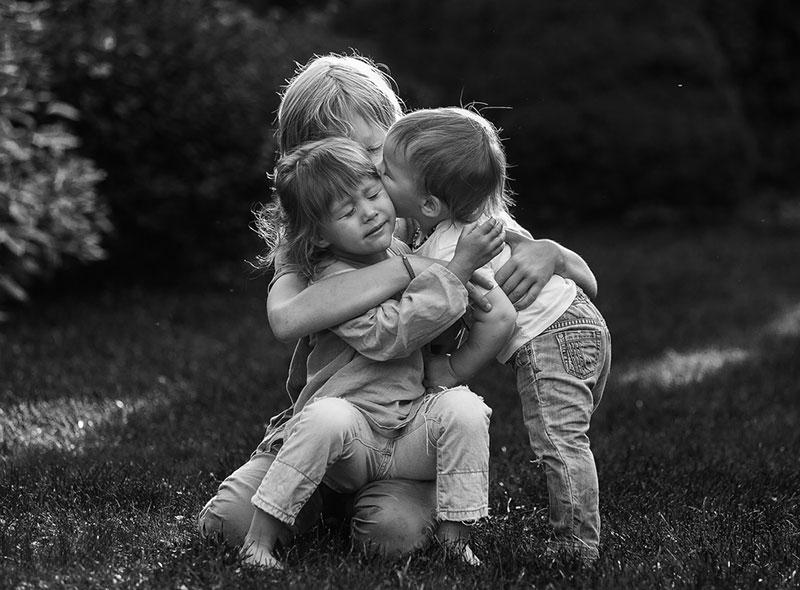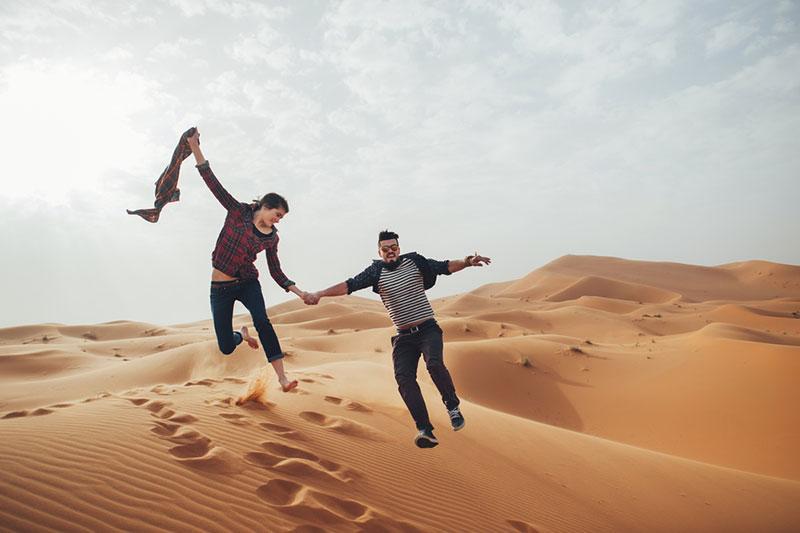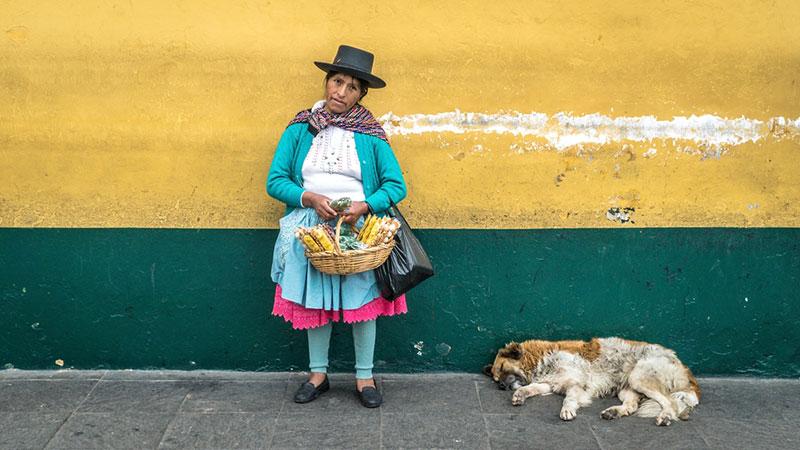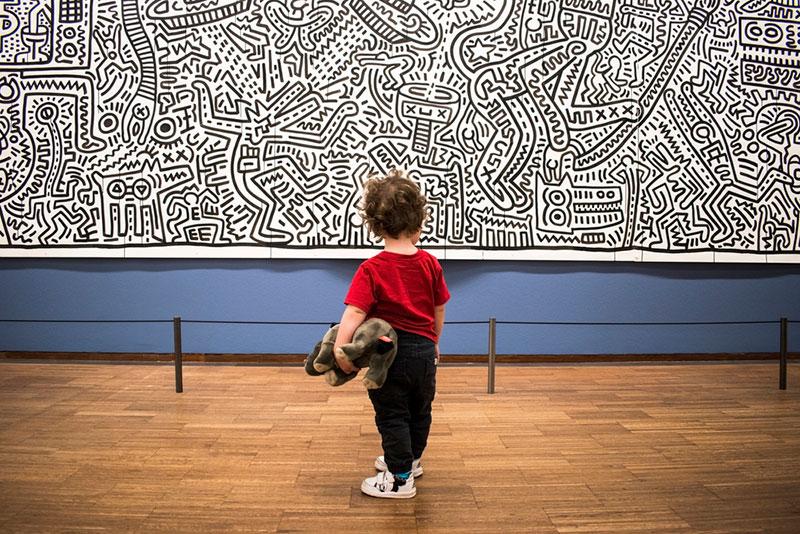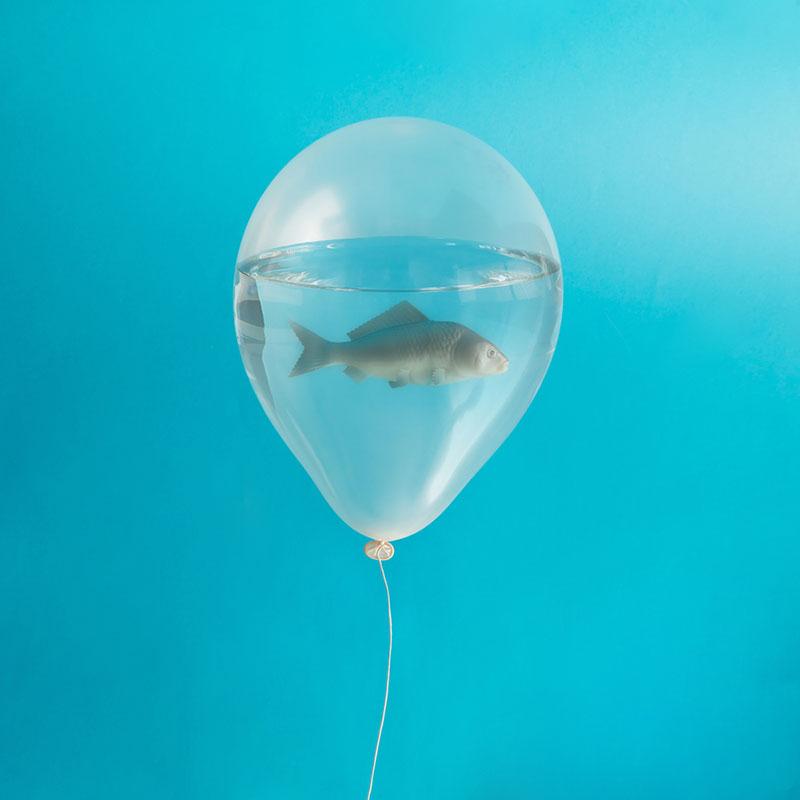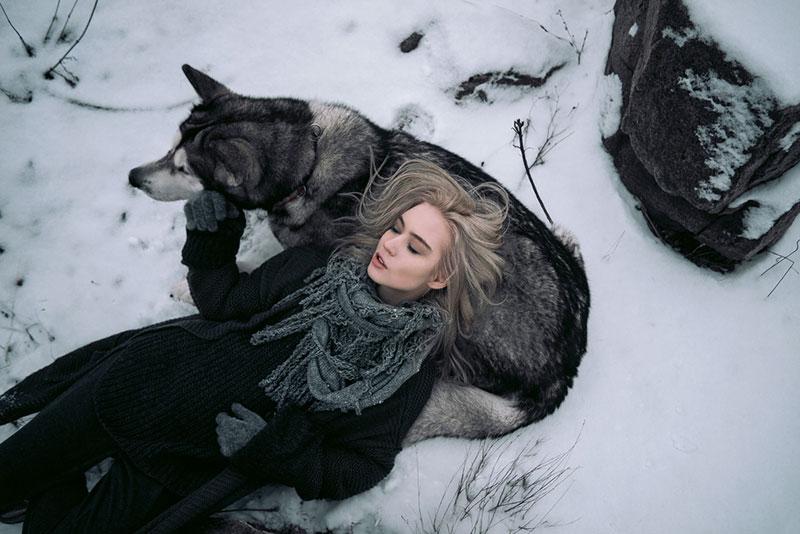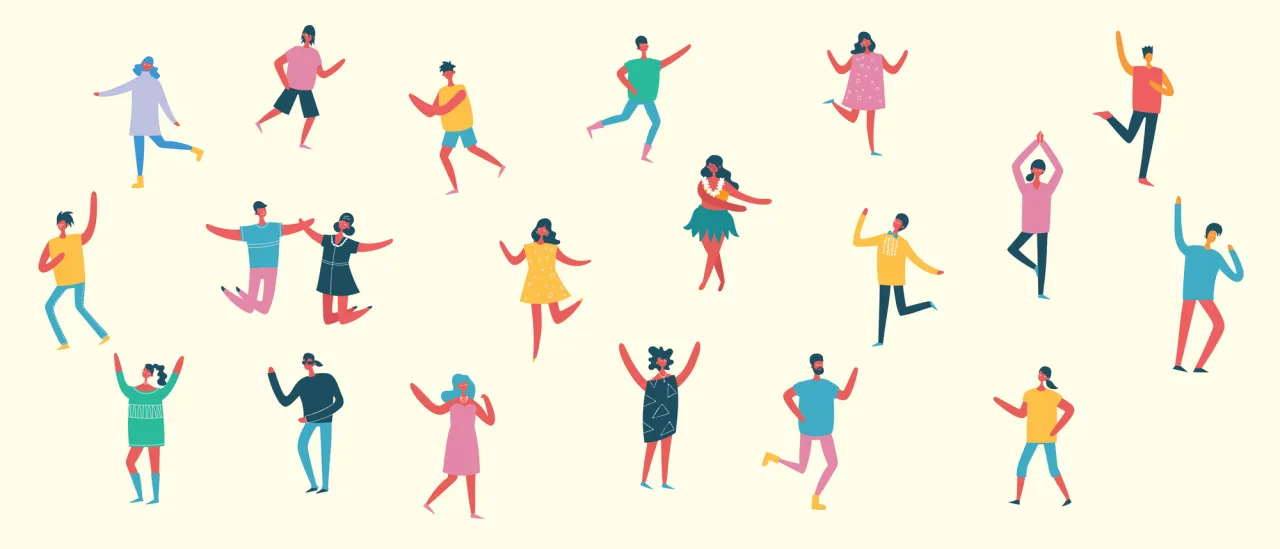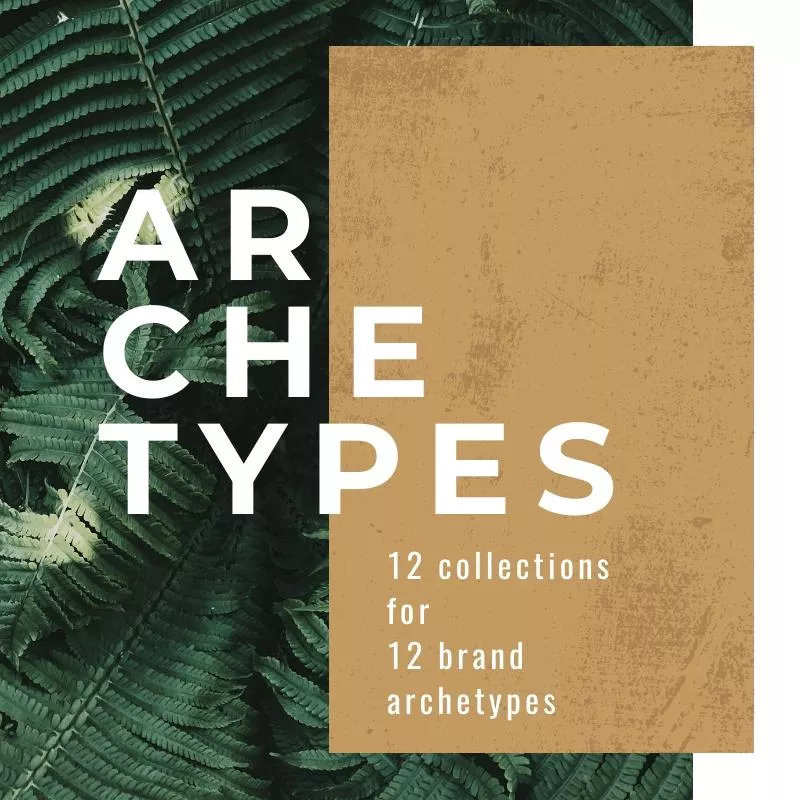The Power of Brand Archetypes in Marketing: Which One are You?
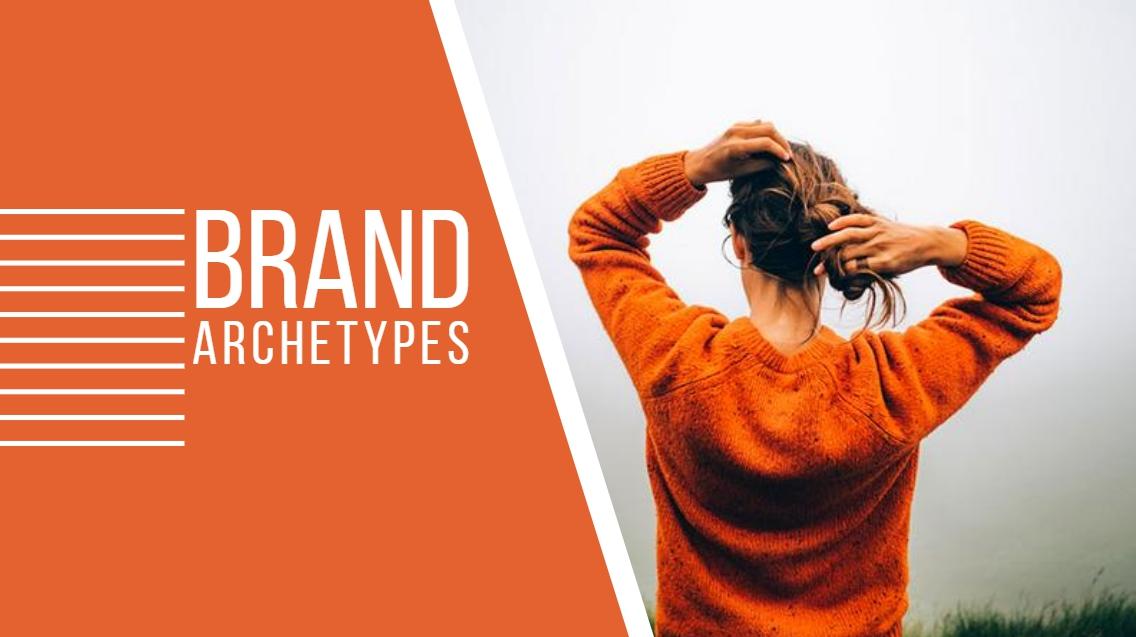
What makes people connect to a brand? There’s actually a lot more psychology involved than you might think. Ever wonder why people stand in line from stupid hours of the morning just to be the first one to squeeze through the doors, past hoards of people, to buy a product? Yes, there’s the marketing aspect of it, the brand loyalty, but also well established brand archetypes or archetype that influence people’s relationship to brands. They were cleverly crafted by a team that knows what they’re doing long before the doors of the store opened or web page went live.
You can actually find a pattern if you sit down and wonder why you prefer certain brands above others. Your favorite brands likely share the same archetypes. This is brand psychology 101. In this article we explore the basis of 12 brand archetypes, how they influence marketing, what you can adjust to better communicate your message and how visuals can help you in all this. You’ll be more informed as a marketer, and empowered as a potential client.
Referring to our trusted Wikipedia, here’s a quick reminder of the essence of what the word ‘archetype’ means when we use it in this context:
Archetype [noun]: a collectively-inherited unconscious idea, pattern of thought, image, etc., that is universally present, in individual psyches, as in Jungian psychology
Where did archetypes in branding come from?
As the definition has it, Carl Jung’s formulation of the basic archetypes is the basis of this. The concept was adopted in 2001 by Margaret Mark and Carol S. Pearson and applied to marketing. Their interpretation of the 12 archetypes in branding and marketing is now widely used and accepted.
Who cares about brand archetypes?
You might be wondering how this is relevant to you, your business or marketing in general. As with the example in our introduction, understanding archetypes becomes central to the perception of your brand and business. Archetypes are applicable to your marketing efforts regardless of your field.
Each band archetype has assigned values and even personality traits. Some brands settle for a few brand archetypes, but some of the most notable brands in the world pick one and execute their strategy with just the 1 that dominates their marketing efforts.
Our goal today is to bring you closer to this powerful tool, how you can become aware of your brand archetype and how you can use something as simple as visuals to reinforce some ideas and get people to relate to your brand on a deeper level.
Primarily, your brand archetype communicates to clients and customers who you are, what you do, why you do it and how you’re different. This is also what sets you apart from your competition. This understanding echoes not only through the tone of voice, but also the visual elements that form part of your strategy.
The reason why this is such an important topic to address, is that in 2018, there’s solid proof that clients prefer brands with a purpose. People don’t just buy products, they invest into ideas and solid causes. If you manage to form this kind of an emotional connection. You’re golden. If you think solidifying your stance and exploiting the perks of an archetype is the solution, you’re right. It starts here. We dig into personalities, meaning and visuals that work to reinforce your brand archetype.
Visuals that work for individual brand archetypes
Carl Jung had a lot to say about archetypes, and so do we. Images you use directly influence the attitude your clients have towards you. Visuals you use include photography, animation, video and graphics. You have to learn to pay attention to the feelings each image or visual aid conveys. By choosing visuals aligned with your brand archetype, you’re adding an extra layer of meaning to your marketing efforts.
Ask someone that isn’t as involved with your brand to tell you how they feel about your brand scrolling through Facebook or Instagram (or any other platform where you share visuals). Do their thoughts and opinions match the personality you want to evoke? If not, we’ll start from the top to solidify your brand archetype and help you select your visuals for all your marketing activities.
The 12 brand archetypes in modern marketing
12 archetypes as defined by Carl Jung, in a neat infographic by VisionOne to help you grasp the basics. It’s also a quick reminder with logos of brands that rule their respective archetype fields. Later we’ll go into the implications, both in marketing and psychology.
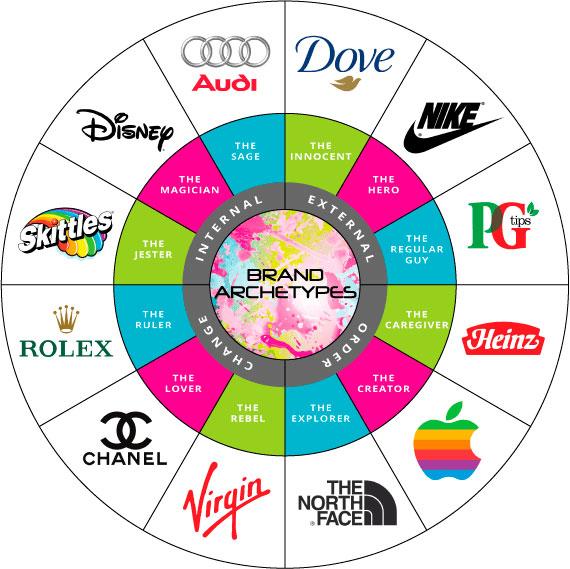
Image source: VisionOne (where you can also take a brand archetype quiz)
1. The Innocent
Notable brand examples: Dove, Red Cross, Nintendo
Goal: to be happy
Strategy: do the right thing, everytime
Is your brand solely looking to spread good vibes?
Types of visuals that work for The Innocent archetype: People are really seeking creative inspiration from you, show off your playfulness and positive attitude with bright, sunny images and give people a reason to remember you in this positive light.
2. The Explorer
Notable brand examples: The North Face, GOpro, Jeep
Goal: contribute to a more ‘authentic’ life
Strategy: leave boredom, seek new and enriching experiences
Is your brand out to break free from norms and find the meaning of true freedom?
Types of visuals that work for The Explorer archetype: You’ll often find brands using well curated, symmetrical visuals that show off the adventurous side of your business. Featuring people in context, lifestyle shots and people enjoying activities.
3. The Sage
Notable brand examples: NASA, Smithsonian, Audi
Goal: be analytical, use the power of intelligence to interpret the world
Strategy: always on the lookout for the latest info, reflecting and understanding better
Is your brand concerned with seeking the truth and spreading it?
Types of visuals that work for The Sage archetype: Another archetype that’s quite adventurous often promotes lots of outdoor shots to really highlight curiosity about the world. This archetype isn’t shy to feature thought provoking shoots and really include people in more philosophical conversations.
4. The Hero
Notable brand examples: The Marines, FedEx, Nike
Goal: improve the world with mastery
Strategy: become the strongest, most competent and powerful self
Is your brand out to prove it’s the best?
Types of visuals that work for The Hero archetype: Photos that convey strength, highlight individuality and is generally inclusive and empowering. Images that inspire and motivate while featuring a variety of individuals are most fitting.
5. The Outlaw
Notable brand examples: Harley-Davidson, PayPal, Virgin Group
Goal: destroy that which does not work (rebel)
Strategy: disrupt and shock (for a good cause)
Is your brand secretly yearning to start a revolution?
Types of visuals that work for The Outlaw archetype: Rebellion is in your nature, so daring, bold images are the way to go. You can afford to use visuals that surprise your audience (in a good way), so be sure that your content stands out and shows a bit of attitude.
6. The Magician
Notable brand examples: Disney, Xbox, Mac
Goal: make dreams a reality
Strategy: stick to the idealized vision
Is your brand’s goal to make dreams come true?
Types of visuals that work for The Magician archetype: As dreamy as it may sound, you’re here to inspire and awe your audience. Use images that show your forward-thinking nature by emitting a sense of wonder not only around your product but around your channels of communication.
7. The Guy/Girl Next Door
Notable brand examples: Levi’s, Ikea, Ebay
Goal: to fit in and ultimately belong
Strategy: develop solid virtues, work towards blending in
Is your brand about accessibility to all?
Types of visuals that work for The Guy/Girl Next Door archetype: When your brand is concerned with being easy going, choose visuals that will appeal to your very specific target audience. If it’s a younger one you’re trying to reach, featuring millenials (for example) will make you more relatable. Here, it really depends on your target audience.
8. The Lover
Notable brand examples: Godiva, Reeses, Chanel
Goal: enter a closer relationship with people and things
Strategy: appear attractive in more ways than 1
Is your brand out to win over the hearts of millions?
Types of visuals that work for The Lover archetype: Photos that are very shareable and trendy. They’re bright, somehow light and airy. Show off your caring nature by focusing more on universal beauty and relationships between people like in our examples.
9. The Jester
Notable brand examples: Skittles, Fanta, M&M
Goal: have fun, make the world a better place for it
Strategy: spread the joy
Is your brand simply about living in the moment and enjoying life?
Types of visuals that work for The Jester archetype: Focus on the bright, bold, picture-perfect images that are also easily shareable and spread the joy the way you intend it. You can even afford to take the light, humorous take on these visuals that form part of your strategy.
10. The Caregiver
Notable brand examples: Cheerios, Campbells, Unicef
Goal: simply help others
Strategy: do everything in your power to be helpful
Is your brand benevolent at the core?
Types of visuals that work for The Caregiver archetype: Images that also focus on people and relationships work well. Focusing on topics that are important to your brand such as environmental or social issues.
11. The Creator
Notable brand examples: Apple, Lego, Google
Goal: realize a unique vision
Strategy: improve skills, develop artistic nature
Is your brand all about creativity, perfection and incomparable quality?
Types of visuals that work for The Creator archetype: The creators can afford to be witty and playful. This means visuals that exude creativity and childlike wonder about even the most ordinary things. The Creator entails that you’re imaginative, creating your own visual content is the way to go.
12. The Ruler
Notable brand examples: Grey Goose, Microsoft, Rolex
Goal: create a successful community
Strategy: live up to leadership goals
Is your brand about luxury and exclusivity?
Types of visuals that work for The Ruler archetype: Images that focus on products in context. User generated content can be a good strategy here. People are looking for inspiration and motivation when they refer to your brand, and your visuals must inspire that.
How are archetypes connected to branding and marketing?
Understanding the core of your business is important in establishing exactly which archetype is your main driving force. This includes your values, ideals, and your general message. Your marketing efforts have to neatly align with this idea. Every choice you make, including the visuals you choose, are important in communicating ideas to your clients even on the most subtle level.
How understanding brand archetypes can help you:
– Establish a more concrete marketing strategy
– Make design, visuals and content coherent
– Stand out from competition with a solid stance
– Attract new customers that relate to your brand and support your vision
– Improve relationships with customers by communicating a solid message to them
– Attract more talent and help you with recruitment when candidates fit your values
Back to you
At this point, you should have a very clear understanding of what your brand or business can embrace as the main archetype. It’s not essential to have 1, although focusing on 1 gives you an advantage from competition and something solid to focus on.
Brand archetype photo collections
Think twice about the types of visuals you use in your marketing efforts. Everything must align for you to continue communicating the core of your values, stances and your overall brand personality. It starts here, with archetypes, and will be well communicated to your potential and existing clients through the right visuals.


